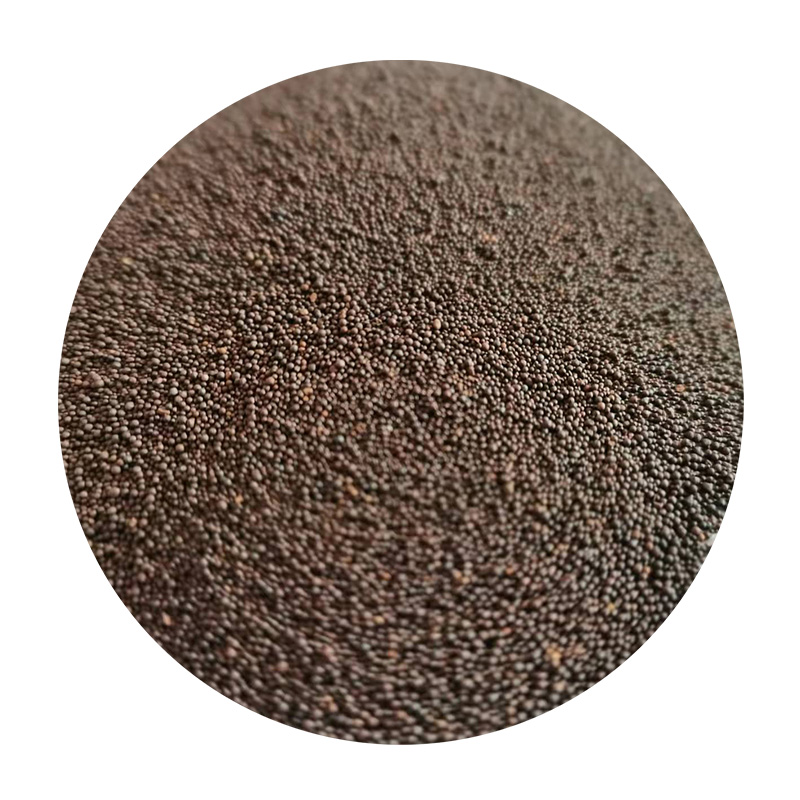The Impact of Gold and Sand Prices on the Economy A Comprehensive Overview
In the intricate tapestry of the global economy, gold and sand, seemingly disparate commodities, play significant roles. Gold, historically revered as a symbol of wealth and security, has long been a staple in investment portfolios. Sand, on the other hand, underpins much of the construction and infrastructure industries, making it essential for urban development and economic growth. While they appear unrelated, fluctuations in the prices of gold and sand can profoundly impact various economic sectors.
Understanding Gold Prices
Gold has been a unit of value and a hedge against inflation for centuries. Its price dynamics are influenced by a myriad of factors, including geopolitical tensions, inflation rates, currency values, and market demand. In times of economic uncertainty, investors flock to gold, driving up its price. For instance, in periods of stock market volatility or during financial crises, gold often sees a surge in demand as people seek to protect their assets. This behavior reflects the broader tendency of gold to act as a 'safe haven' investment.
Moreover, central banks around the world hold significant quantities of gold as part of their reserves. Their buying or selling activities can also create waves in the gold market, further impacting prices. Additionally, gold mining and production costs influence its market price; when extraction becomes more challenging or expensive, this can lead to a rise in gold prices.
The Significance of Sand Prices
While sand may not glimmer like gold, it is a crucial component of modern construction and manufacturing industries. The most harvested resource on the planet, sand is essential for producing concrete, asphalt, and glass. Recent years have seen a dramatic increase in sand demand due to urbanization and infrastructure expansion, particularly in rapidly developing countries.
gold sand price

However, this demand has led to a paradox sand scarcity. The over-extraction of sand from riverbeds, beaches, and quarries has resulted in environmental degradation and a rise in prices. As areas become depleted, the remaining sources are often more challenging and costly to access, driving prices higher. This rise in sand prices has repercussions throughout the construction industry, potentially leading to increased building costs and delays in infrastructure projects.
Interconnected Outcomes
The relationship between gold and sand prices is emblematic of a broader economic interplay. For instance, high gold prices may reflect economic uncertainty, leading to slowed development projects. In turn, this can reduce the demand for sand, dampening prices in an already strained market. Conversely, a booming construction sector driven by stable economic conditions might lead to soaring sand prices, which could push investors toward tangible assets like gold.
Additionally, inflationary pressures can simultaneously raise the prices of both commodities. As the cost of living increases, both individuals and industries may pivot towards safe investments, further reinforcing gold's status while pushing up demand for construction materials as more housing and infrastructure projects get underway.
The Future Landscape
As we move into an era of heightened environmental awareness, the debate surrounding the sustainability of sand extraction is likely to intensify. Initiatives aimed at sand conservation and innovative construction materials are emerging in response to the global sand deficit. Similarly, the future of gold trading could be shaped by evolving investment trends, including increased interest in digital gold and alternative assets.
In conclusion, understanding the price dynamics of gold and sand is crucial for investors, businesses, and policymakers alike. While they inhabit different realms of the commodity market, their interconnectedness reflects the complexities of modern economics. As the world grapples with challenges of sustainability and economic stability, these commodities will continue to play pivotal roles, shaping the landscape of our economies.
Post time:joulu . 29, 2024 16:41
Next:3d printing sanding
